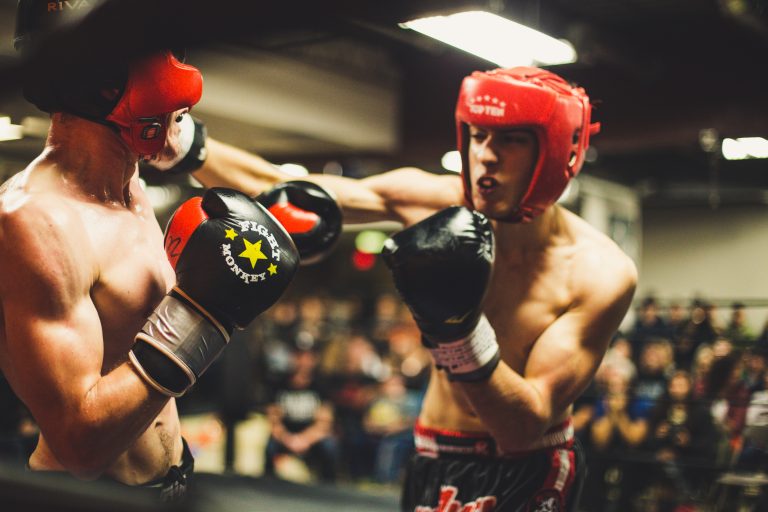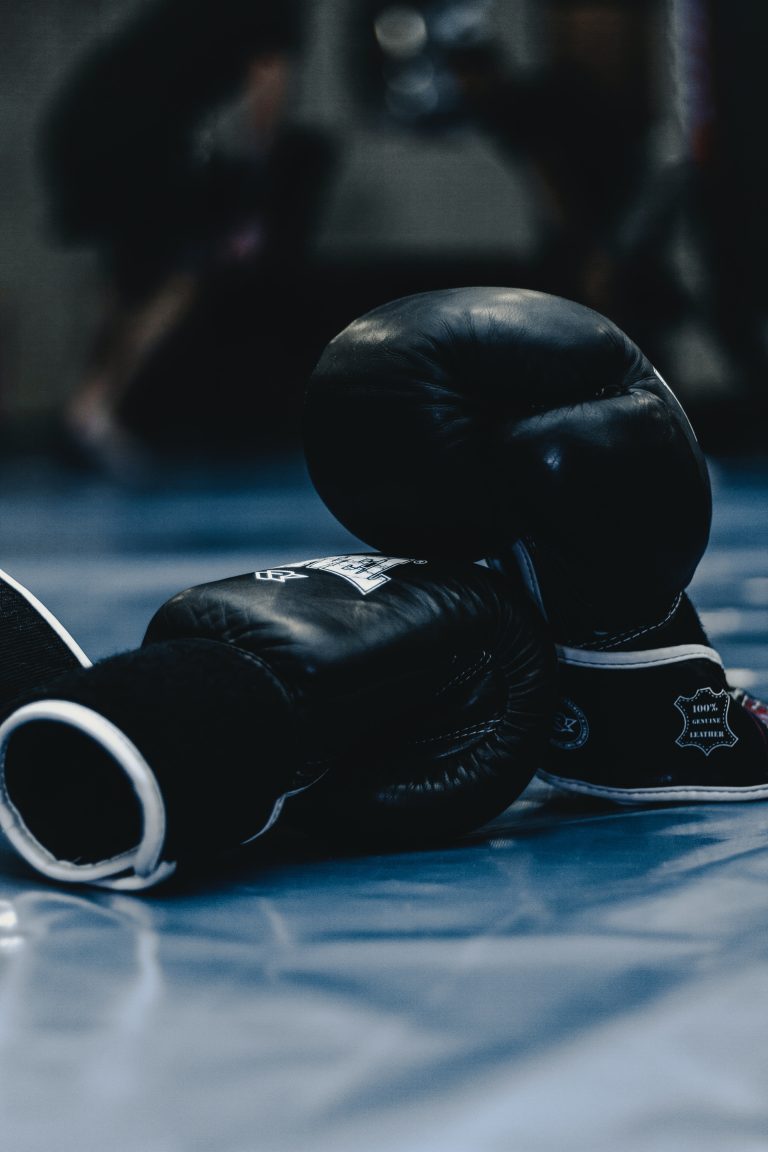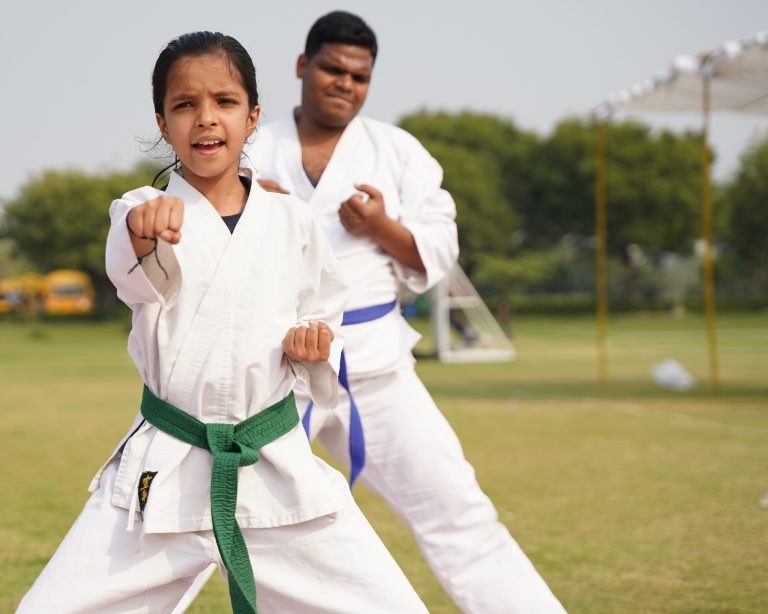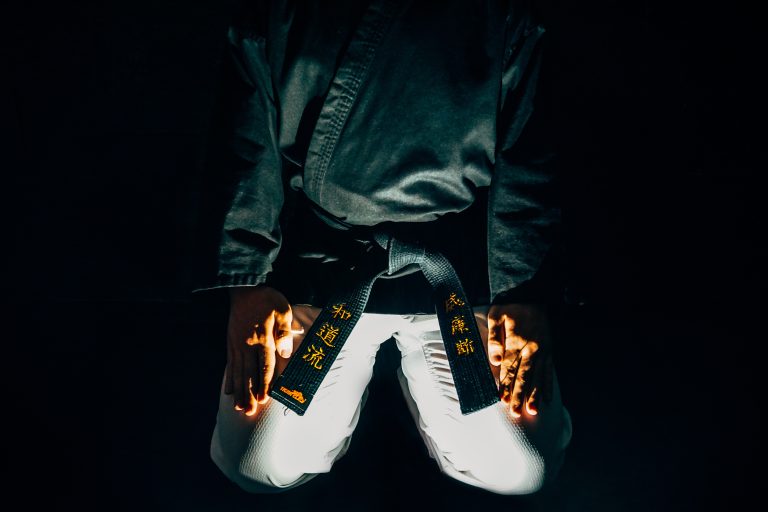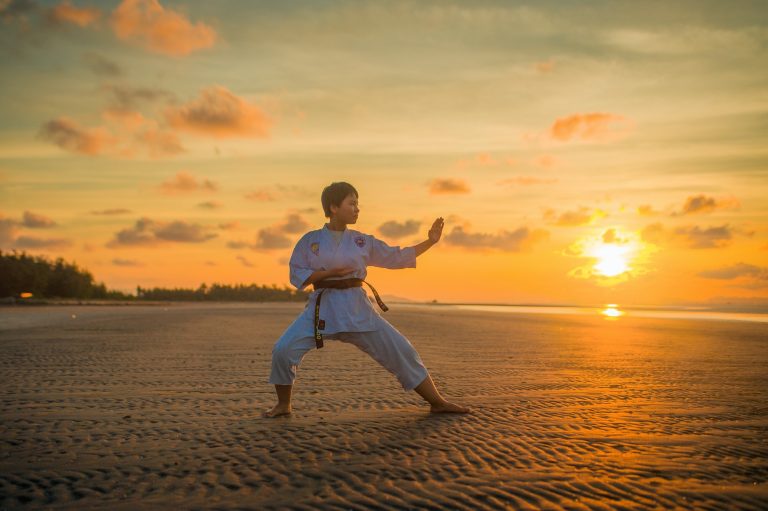The Purpose of Karate Training: A Comprehensive Guide
Karate, one of the most popular martial arts in the world, offers a range of physical, mental, and emotional benefits. From self-defense skills to improved focus, karate is an excellent way to develop oneself in multiple dimensions. In this blog post, we will explore the purpose of karate training, its various benefits, and how it can transform your life.
Self-Defense
One of the primary purposes of karate training is to equip oneself with effective self-defense skills. Karate teaches a range of techniques that can be used to defend oneself in dangerous situations. Training in karate can help one develop quick reflexes, speed, and agility, which can be useful in avoiding and deflecting attacks. Moreover, karate also teaches techniques for grappling, striking, and kicking, which are essential skills for self-defense.
Physical Fitness
Karate is a great way to improve one’s physical fitness. The training involves a range of exercises that can help in building strength, speed, and endurance, which are essential for a healthy body. The intense physical training, which includes cardio exercises, can help in burning calories and toning the muscles, leading to a lean and healthy body. Moreover, regular karate training can also help in improving overall flexibility, balance, and coordination.
Mental Strength
Karate is not only about physical strength but also about developing mental strength. It teaches discipline, focus, and perseverance, which can be useful in daily life. Karate training involves repetitive practice of techniques, which can help in developing self-discipline and mental strength. Moreover, the competitive nature of karate can also help in developing a winning attitude and confidence.
Emotional Balance
Karate training can also help in providing emotional balance. Many people find martial arts to be a great way to release pent-up emotions, such as frustration, anger, and stress. The intense training not only provides an outlet for these emotions but also teaches how to control them. Furthermore, karate training also teaches respect, integrity, and humility, which can be useful in developing emotional balance.
Cultural Appreciation
Karate is deeply rooted in Japanese culture, which makes it an excellent way to appreciate and learn about a different culture. The training involves learning about the history and traditions of Japan, as well as the culture of the martial arts. Moreover, many dojos (karate schools) also organize cultural events, such as Japanese tea ceremonies and martial arts demonstrations, which provide an opportunity to immerse oneself in Japanese culture.
The Purpose of Karate Training: Answering the Most Frequent Asked Questions
Karate, a form of martial arts, has been around for centuries and is now a popular form of self-defense, physical fitness, and spiritual development. However, many people often wonder what the purpose of karate training is and why people practice it. In this post, we’ll answer the most frequent asked questions about the purpose of karate training.
What is the purpose of karate training?
The purpose of karate training goes beyond physical fitness and self-defense. It is also about developing mental and spiritual strength. Karate training helps practitioners improve their discipline, focus, humility, and respect for themselves and others.
Is karate training only for self-defense?
While karate is a form of self-defense, it is not only for self-defense purposes. Karate training helps people develop their physical and mental strength, discipline, and respect, which can benefit all aspects of life.
Can karate training help with stress relief?
Yes, karate training can help relieve stress. Karate training requires focus and discipline, which can help reduce stress levels. Additionally, the physical activity of karate training releases endorphins, which can improve mood and reduce stress levels.
What are the benefits of karate training?
Karate training has numerous benefits, including:
– Improved physical fitness
– Self-defense skills
– Increased discipline and focus
– Improved mental and spiritual strength
– Stress relief
– Increased confidence and self-esteem
– Improved flexibility and balance
– Improved coordination and reflexes
What skills can be learned through karate training?
Karate training can help people learn a variety of skills, including:
– Self-defense techniques
– Concentration and focus
– Discipline and respect
– Humility and gratitude
– Health and wellness practices
– Goal-setting and perseverance
What is the philosophy behind karate training?
The philosophy behind karate training is centered around the concept of „karate-do,“ which means „the way of karate.“ It is a philosophy of lifelong learning and self-improvement. Practitioners of karate strive to achieve balance in their physical, mental, and spiritual development through discipline, focus, and hard work.
Is karate training suitable for all ages?
Yes, karate training is suitable for all ages. There are karate programs designed for children, adults, and seniors. Karate training can be adapted to meet the needs and abilities of individuals at all skill levels.
Can karate training be practiced at home?
Yes, karate training can be practiced at home. However, it is essential to learn proper techniques and safety procedures from a qualified instructor before practicing karate at home. Additionally, practicing with a partner to develop self-defense techniques is also important.
The Purpose of Karate Training – A Detailed How-To Guide
Introduction
Karate is a Japanese martial art that has gained worldwide popularity due to its focus on discipline and self-defense. Karate training involves a combination of physical and mental exercises aimed at developing various aspects of an individual’s personal attributes such as strength, balance, agility, focus, discipline, and determination. This how-to guide will provide you with clear step-by-step instructions on how to get started with karate training and help you understand the purpose behind each exercise.
Step-by-Step Guide to Karate Training
Step 1: Finding a Karate Dojo
The first step in starting your karate training is to find a reputable karate dojo or training center in your area. Look online for martial arts training facilities and read reviews from other students. Once you have found a suitable dojo, contact the instructor to schedule an initial meeting.
Step 2: Starting Your Karate Training
After you have selected your dojo and made contact with the instructor, the next step is to start your training. Your instructor will create a training program suited to your needs and abilities. The training program typically involves learning the basics of karate, including stance, strikes, blocks, and kicks. This is accompanied by exercises aimed at improving flexibility, endurance, and strength.
Step 3: Advancing Your Karate Training
After you have become comfortable with the basic techniques of karate, you can work on advancing your training. This involves learning advanced techniques such as joint locks and throws. You can also participate in competitions and tournaments to evaluate your skills and measure your progress.
The Purpose of Karate Training Exercises
Now that we have gone through the steps on how to start training in karate let’s explore the purpose behind each exercise.
1. Stance
A common statement in karate is „the stance is everything.“ Stance is the foundation of all karate techniques and is critical in developing balance and stability. There are three basic stances in karate- the front stance, the side stance, and the back stance. The purpose of each stance is to provide a stable base for offensive and defensive moves, helping to generate power and stability.
2. Strikes and Kicks
Strikes and kicks involve using feet and hands to execute offensive and defensive techniques. The purpose behind these techniques is to develop speed, power, coordination, and accuracy. These exercises involve punching or kicking the target with proper form, speed, and power.
3. Blocks
Blocks are defensive techniques designed to deflect or stop incoming attacks from the opponent. The purpose of blocks is to help manage and reduce the impact of a strike from an opponent while using the minimum amount of energy required.
4. Joint Locks and Throws
Joint locks and throws involve manipulating an opponent’s joints in such a way that it causes pain or discomfort, forcing them to submit or abandon their attack. The purpose of these techniques is to maintain control over an attacker or opponent and prevent them from causing further harm.
5. Kihon
Kihon is a series of basic drills that help students develop sound techniques and movement patterns. These drills develop muscle memory and provide a foundation for advanced techniques.
6. Kata
Kata involves pre-arranged movements performed in sequence, simulating combat situations. The purpose of these movements is to enhance focus, balance, and coordination, in addition to improving techniques and movements.
Conclusion
Karate training is a rewarding pursuit that combines physical fitness with mental and spiritual well-being. The purpose of karate is to develop an individual’s personal attributes such as strength, balance, agility, focus, discipline, and determination. In this how-to guide, we have provided you with clear step-by-step instructions on how to get started with karate training and explained the purpose behind each exercise. With regular practice and dedication, you too can become proficient in this self-defense martial art.
Inhaltsverzeichnis

